HTC One (M8) unboxing and hands-on
We were lucky to get a brief hands-on time with the new HTC One (M8) handset, which just got announced with a so-called Duo Camera that has a two-lens system, redesigned chassis, and a brand new Sense 6.0 interface. Our initial impressions are largely positive, so check out the fine details below, if you are interested in learning more about the new HTC flagship.
Design
HTC has produced quite the tall handset here, as the screen is now 5", instead of the 4.7-incher on the previous HTC One, on top of the BoomSound speakers that had to be accommodated for at the front. The phone remains pretty narrow, though, so the elongated chassis is fairly comfortable to hold with one hand, just don't expect your thumb to reach more than half of the screen this way. Unlike its predecessor, the new HTC One has a 90% metal unibody, made of aluminum in Glacial Silver, Gunmetal Grey, and Amber Gold colors. Last year's flagship had a 70% metal chassis, with plastic sides, while here even the sides are made out of metal, enhancing the premium impression that the new One leaves in terms of looks and feel. On the other hand, the phone feels somewhat slippery with all that aluminum on the side, and is comparatively heavy at 5.65oz (160g).
Display
As usual, HTC seems to have placed an excellent display panel on the new One. It is a 5-inch screen with 1080x1920 pixels of resolution, with Gorilla Glass 3 on top, for added protection. The display looks very crisp and bright, with good viewing angles, courtesy of the Super-LCD3 technology. The display is somewhat recessed, with the side rim slightly protruding around the frontal part, so that the screen doesn't get scratched when the phone gets placed face-down.
Interface
The phone runs Android 4.4.2 KitKat from the box, with a new Sense 6.0 tacked on. The phone utilizes on-screen buttons, which is another big difference from its predecessors. The new BlinkFeed aggregator now features a bunch of categories, and large, flatter icons. HTC has added a variety of themes to Sense 6.0, that change the looks of the interface automatically, depending on the set of apps you utilize at the moment - green is for data apps like BlinkFeed or Weather, blue is for the messaging apps, and so on. In addition, we have a new Zoe collage software, that takes advantage of the new effects that are possible with the Duo Camera.
Processor and memory
In Asia the new HTC One will come with Qualcomm's fastest commercially available processor - the 2.5 GHz quad-core Snapdragon 801, coupled with 2 GB of RAM - while US and Europe are getting the 2.3 GHz version. This chipset supports multiband LTE connectivity, and has much faster graphics and image processing speeds than Snapdragon 800. It is a huge upgrade for HTC, as last year's One came with Snapdragon 600, and the phone just flies under your thumb, with no lag or hiccups, even with the overarching Sense 6.0 interface. Thankfully, HTC has learned its hard lesson, and has provided a microSD slot on the side of the phone, for expanding on the 16/32 GB storage versions of the phone.
Camera
Last year's HTC One stood out of the crowd – it chose a 4-megapixel resolution with bigger pixel size, instead of what rivals opted for – 8 to 13-megapixels on a sensor of similar physical size. HTC called this “UltraPixel” camera, and claimed it will offer superior quality, especially in low light. Although most critics' opinions didn't praise it, HTC chose to use it again in this year's One. Resolution hasn't changed, but the camera now has a sidekick, in the form of a secondary lens/sensor combo, used for collecting depth of field information. The depth of field information collected by the secondary lens (at the top) is stored with every photo, and allows to “refocus” the picture after the shot has been taken, by adding artistic out-of-focus blur effect (known as bokeh).
There are improvements in the flash too – it features a new duo LED Smart Flash system with two differently colored LEDs, similar to what Apple uses for the iPhone 5s. It illuminates the cool and warm LEDs in one of over a five hundred unique color temperature combinations, for more accurate color reproduction with less “flash color tint”.
The new HTC One doesn't feature optical image stabilization, since the technology is not possible with dual-lens camera systems. HTC claims that its digital Smart Stabilization works just as well, but we will have to test it before we pass any verdict.
The new HTC One doesn't feature optical image stabilization, since the technology is not possible with dual-lens camera systems. HTC claims that its digital Smart Stabilization works just as well, but we will have to test it before we pass any verdict.
Expectations
The new HTC One is a sight to behold, especially the Gunmetal version we have - the 90% aluminum chassis takes no hostages when it comes to design, and the feel in the hand is very premium. While it might not sport a QHD display or 3 GB of RAM, like some other announced or rumored 2014 flagships, the One has plenty of horsepower under the hood, and has again focused on something unique to add value. The Duo Camera offers post-shot focusing games with unsurpassed speed of usage, and the new Sense 6.0 looks uniform and pretty. Our only concern is that HTC kept the lowly resolution of the UltraPixel camera, which might be a turnoff for some shutter bugs, though the average user might not care, given the Duo Camera's other virtues. The handset is available for sale immediately, which should give it some head start before the spring competition really takes off.


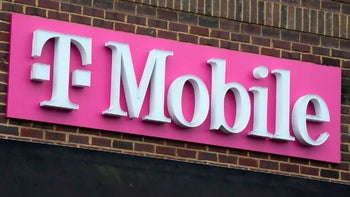



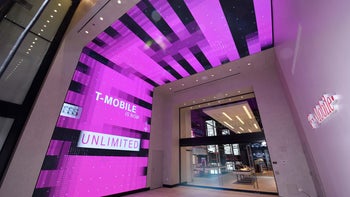



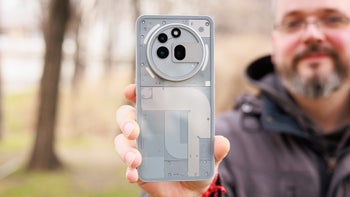
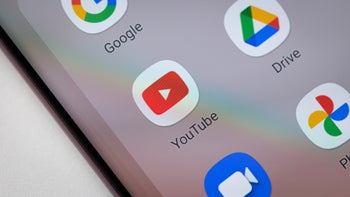
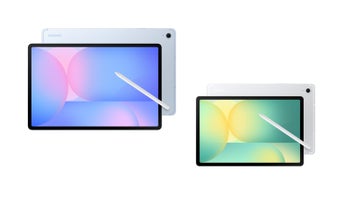


Things that are NOT allowed: